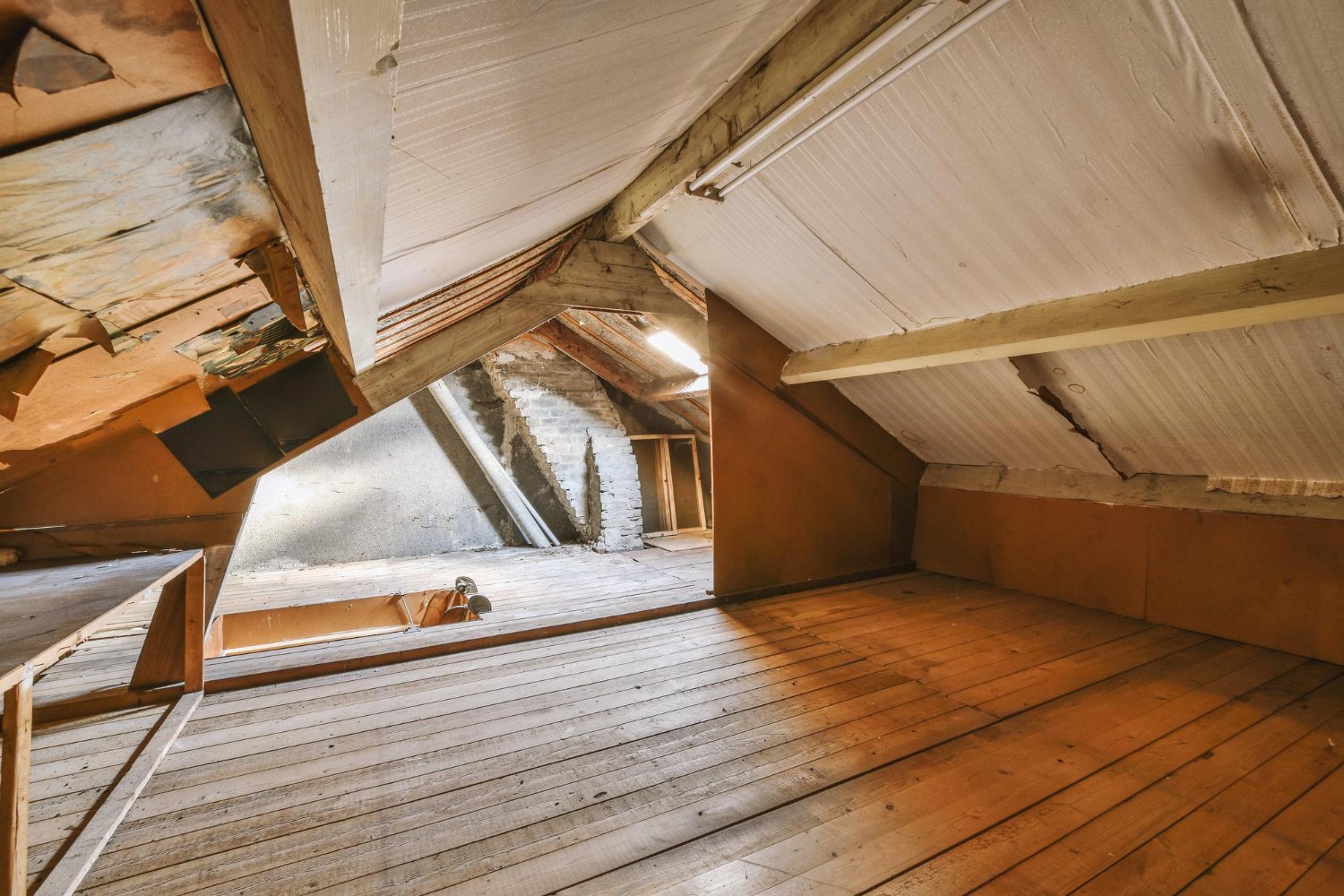Renovating your bathroom can be an exciting project, especially when it comes to tiling the floor. Though it may seem daunting, learning how to tile a bathroom floor for beginners is quite achievable with the right guidance and tools. In this article, we’ll take a step-by-step look at this home improvement task, ensuring even the newest DIYers feel confident completing it. With proper preparation and a focus on details, your tiled bathroom floor will look spectacular for years to come.

Why Tile Your Bathroom Floor?
Before diving into the steps of tiling your bathroom floor, it’s essential to understand the benefits. Tiling offers a durable and attractive finish that can withstand the moisture and frequent cleaning associated with bathrooms. Plus, it adds significant value to your home.

What You’ll Need for the Job
Tools
- Tile cutter
- Notched trowel
- Grout float
- Rubber mallet
- Level
- Measuring tape
- Sponge
Materials
- Ceramic tiles or porcelain tiles
- Tile spacers
- Tile adhesive
- Grout
- Sealer
- Primer (if needed)

Preparing Your Bathroom Floor
1. Clear the Area
Begin by removing any fixtures and accessories from your bathroom. This includes the toilet, vanity, and any other removable items. This will make it easier to tile and prevent any damage to these items.
2. Clean the Subfloor
Make sure the subfloor is clean, dry, and free of any debris. Sweep or vacuum the area to remove dust, dirt, and any remnants of old adhesive. It’s crucial to have a spotless surface to ensure the tiles adhere properly.
3. Inspect the Subfloor
Check the subfloor for any damage. If there are any cracks or uneven areas, repair them using a leveling compound. This ensures a smooth surface for your tiles and prevents future issues.
Planning and Layout
1. Measure the Area
Measure the dimensions of your bathroom floor to determine how many tiles you’ll need. This will also help you plan the tile layout to ensure a professional finish.
2. Dry Layout
Start by laying out your tiles without any adhesive to get a sense of the pattern and placement. This is known as a dry layout. It helps you visualize the final look and make any necessary adjustments before permanently installing the tiles.
Installing the Tiles
1. Apply the Adhesive
Using a notched trowel, spread the tile adhesive evenly on a small section of the floor. The notched edge of the trowel helps create ridges in the adhesive, providing better adhesion for the tiles.
2. Place the Tiles
Start laying the tiles from the center of the room and work your way outwards. Press each tile firmly into the adhesive, using tile spacers to maintain consistent gaps between the tiles for grout.
3. Cut Tiles as Needed
Measure and cut tiles using a tile cutter to fit around edges and fixtures. Take your time to ensure precise cuts for a professional finish.
4. Allow to Set
Let the tile adhesive set according to the manufacturer’s instructions. This usually takes 24 hours, but it may vary.
Grouting the Tiles
1. Mix the Grout
Follow the manufacturer’s instructions to mix the grout. Make sure to achieve a smooth, consistent texture.
2. Apply the Grout
Use a grout float to spread the grout over the tiles, pressing it into the gaps between the tiles. Work in small sections and wipe off any excess grout with a damp sponge before it dries.
3. Clean the Tiles
After the grout has set for about 15-20 minutes, use a damp sponge to clean the surface of the tiles. Rinse the sponge frequently to ensure a clean finish.
Final Steps
1. Let the Grout Cure
Allow the grout to cure completely, which typically takes 24-48 hours. Avoid walking on the tiles during this time to prevent any damage.
2. Apply Sealer
Once the grout has cured, apply a grout sealer to protect it from moisture and stains. This step is especially important in a bathroom setting.
3. Replace Fixtures
Finally, reinstall any fixtures you removed, such as the toilet and vanity. Ensure everything is securely in place and test for any potential leaks.
Maintenance and Care
Regular Cleaning
Maintain the beauty and longevity of your tiled bathroom floor by regularly cleaning it with a mild detergent and water. Avoid using harsh chemicals that could damage the grout or tiles.
Addressing Grout Issues
If you notice any cracks or discoloration in the grout, address them promptly to prevent further damage. Resealing the grout annually can help maintain its integrity.
FAQs
1. Can I tile over existing tiles?
It is possible to tile over existing tiles, but it’s important to ensure that the base layer is stable, free of cracks, and thoroughly cleaned. However, removing the old tiles might yield better long-term results.
2. What type of tile is best for a bathroom floor?
Ceramic and porcelain tiles are popular choices due to their durability and water resistance. They come in a variety of styles and colors, allowing you to customize your bathroom to your taste.
3. How long does it take to tile a bathroom floor?
The timeframe can vary based on the size of the bathroom and your experience level. On average, expect the project to take about 2-3 days from start to finish, including drying times for adhesive and grout.
As an Amazon Associate, I earn from qualifying purchases.




